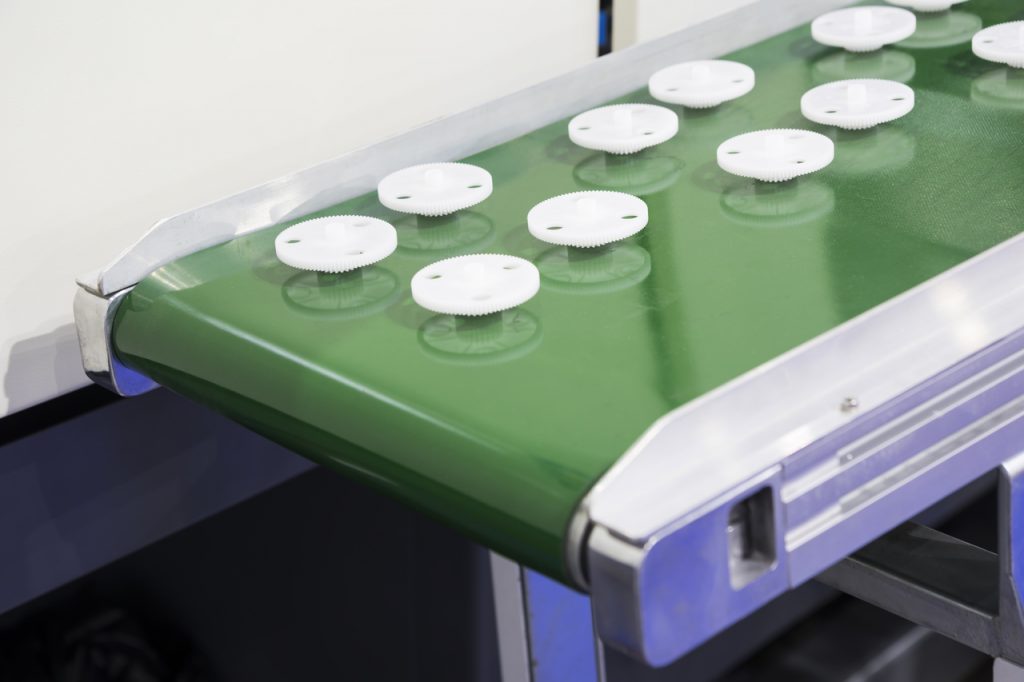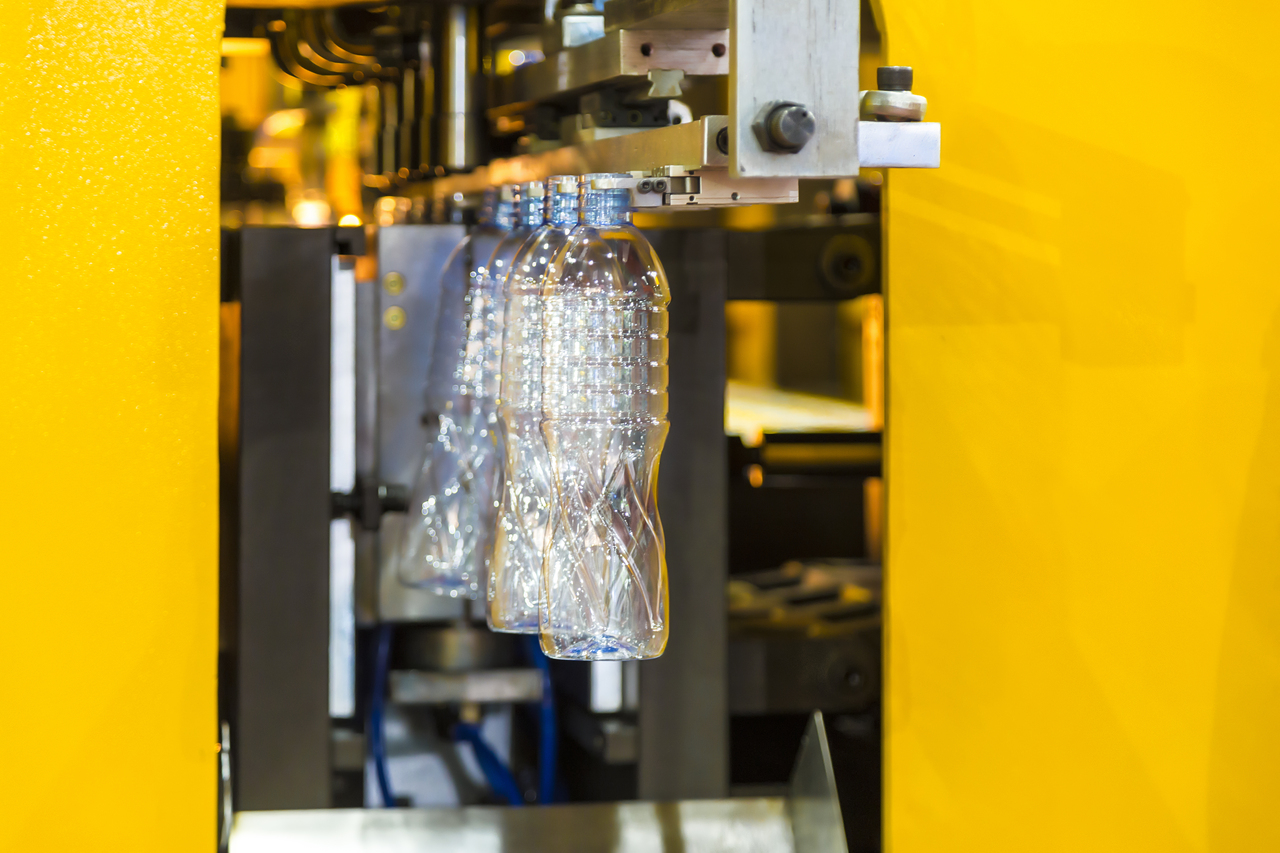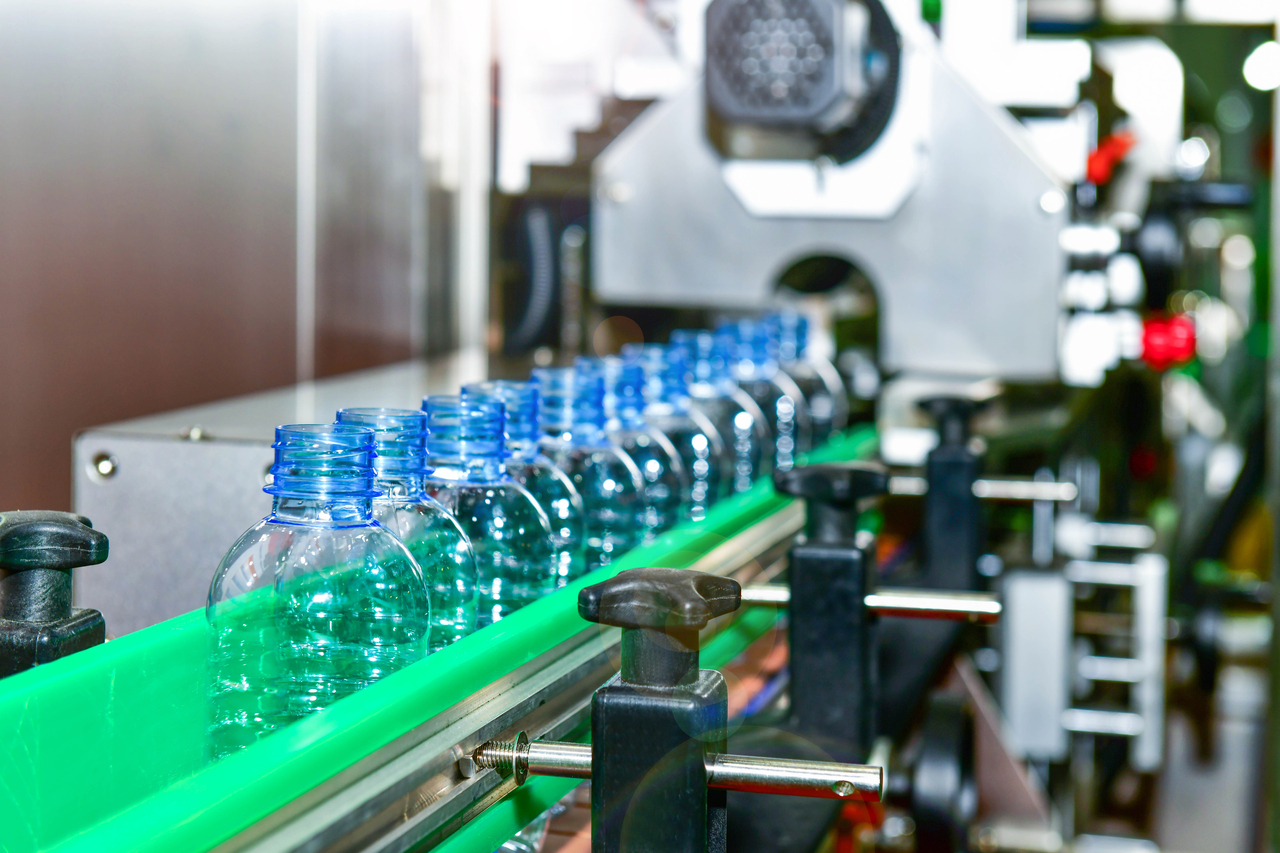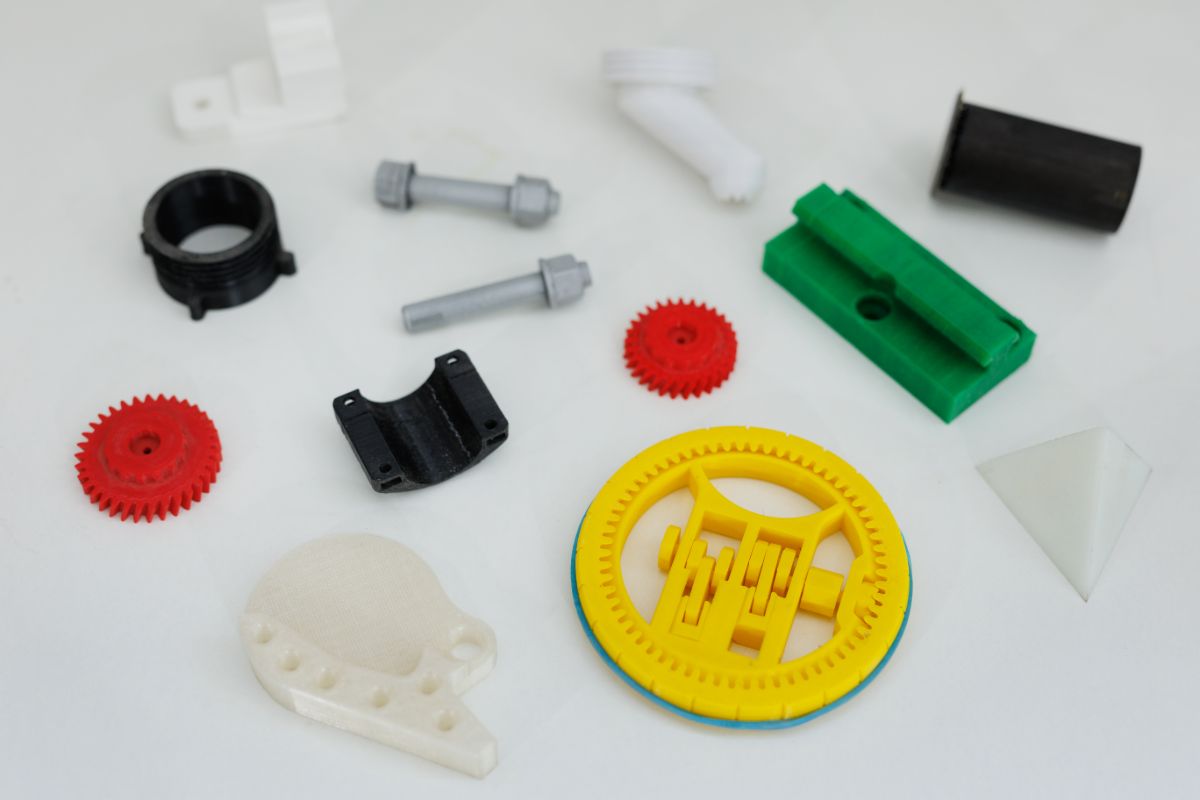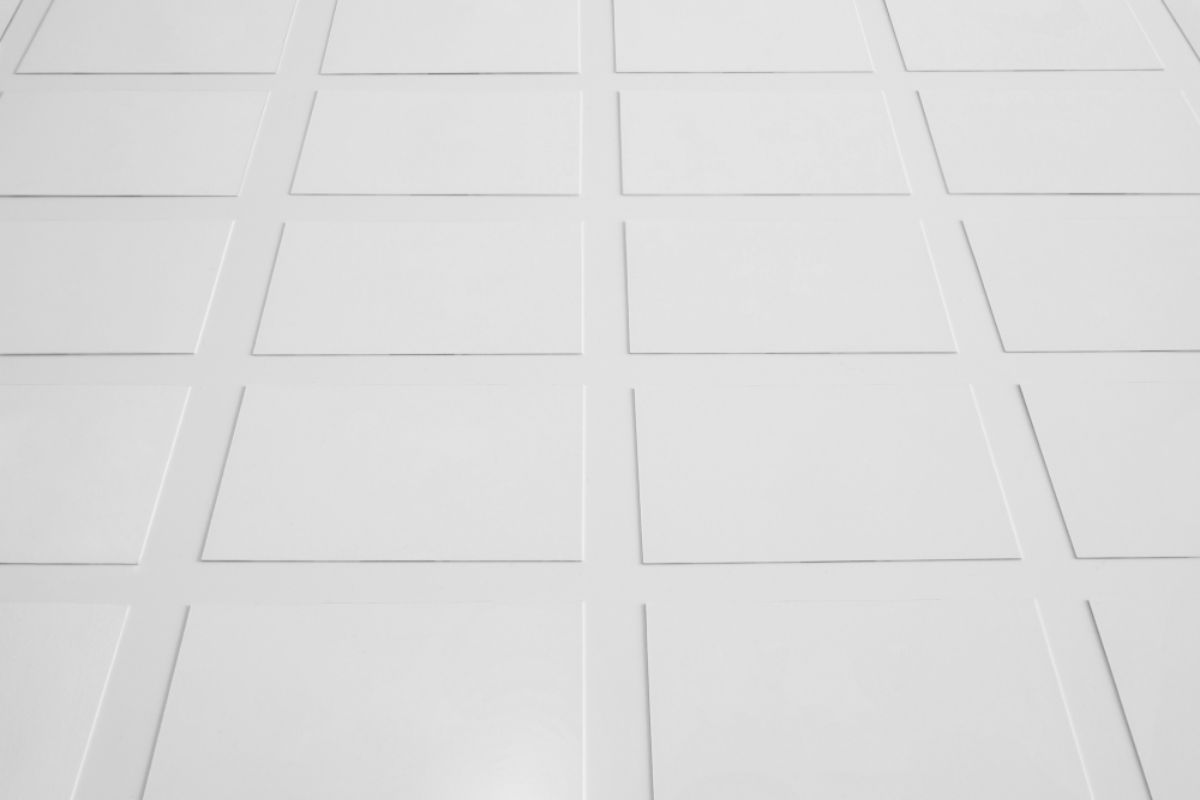In plastic injection molding, you’ve probably encountered the term “annealing” and have even asked yourself the question of “What is plastic annealing?” Simply put, this is a process that can be done on a standalone basis, or in combination with other techniques, such as injection molding. Manufacturers typically subject various plastic products in order to eliminate any internal pressures or stress on the material.
One main reason behind this is that almost all kinds of plastic materials are not really effective conductors of temperature. This means that if they’re subject to extreme temperatures at varying levels, there may be physical deformations that may occur on the material. Such is the case when any type of plastic — be it a polyethylene, polystyrene, or polypropylene — is heated, cooled, heated, and undergoes the same cycle once more. The internal structure of the material is not built to withstand these, which is why the method of annealing is done.
What is Plastic Annealing?
Annealing is not exclusive to plastic, as it’s oftentimes done with other materials as well. For metals and alloys, you will find the term “recrystallization temperature” as the temperature range that refers to how high the material is heated for the annealing process.
For plastic annealing, on the other hand, the process is relatively similar, except that the polymer or the plastic material is heated in temperature ranges that fall below the material’s glass transition temperature. This is usually done after a certain process — i.e. injection molding, blow molding, plastic extrusion, stamping, and other machining techniques.
The goal of the process is to make sure that the resulting annealed material has no cracks or any kind of damage on its surface. This is an important factor, considering that many plastic products are required for high-precision, industrial, or even structural use.
The plastic annealing process generally involves three major phases. With this in mind, it’s considered to be a non-complex process, making it a good choice for manufacturers after every fabrication phase. Continue reading to learn more.
Process of Plastic Annealing
There are various methods to plastic annealing, but the process does have some similar features. Below is a simple illustration of how the three stages of plastic annealing take place:
- First, the finished plastic product is placed inside a heating chamber or an oven that’s supplied with a constant amount of heat. The temperature may depend on the type of plastic, since not all polymers have the same values for the glass transition temperature. For example, ABS’s glass transition temperature ranges from a minimum of 90°C to a maximum of 102°C. The range varies when considering other plastic types — 160 to 200°C for polycarbonate, 73 to 78°C for polyethylene terephthalate, 60 to 100°C for rigid PVC, and so on.
- Now, the equipment operator will have to make sure that the conditions are right for that particular type of plastic before it’s heated. This is done by adjusting the time that the material is annealed, modifying the temperature, and most importantly, making sure that the plastic is secured in the chamber. This is due to the fact that each type of plastic has different heat requirements and compositions. A thick-walled plastic may not be annealed at the same time as a thin-walled plastic, hence the importance of securing the material.
- Finally, the product will be allowed to cool by setting it at room temperature. Likewise, the operator should see to it that the rate of cooling should not be higher than 0.5°C to fully ensure that the crystalline structure of the plastic remains stable.
Benefits of Plastic Annealing
As a post-processing technique, plastic annealing offers several benefits for the injection molding process. For one, it improves the structural integrity and durability of the material. Its other benefits are the following: eliminates defects, increases its resistance against certain chemicals, reduces the level of wear and tear, increases ductility, and lowers the brittleness.
Improves Structural Integrity and Durability
After the annealing process, the resulting plastic material now has a higher structural integrity and durability rating. For plastics that are intended for structural use, these factors are extremely important.
Take the example of PVC pipes. The annealing process makes sure that rigid pipes won’t warp and melt, even after prolonged exposure to high pressures and high heat environments. This makes the pipes more preferable over steel or any alloy-based pipes, due to the high chance of corrosion occurring for the latter.
Eliminates Defects
Although injection molding remains to be a reliable process, any final product ejected from the machine will inevitably have defects. These physical issues can range from something as minor as unattractive flow lines, to warpages or sink marks that are difficult to rectify.
For this reason, plastic annealing provides a solution. After the process is done, the finished product can now be allowed to sit for a long period of time without any visible defects on the surface. The product can now be fit for distribution in the wider market, or for personal use without any worries about its quality.
Lowers Brittleness
Plastic is known for being easy to manufacture and for being budget-friendly. This is what makes the material popular for everyday use, especially for commercial and residential applications, especially with annealing.
Annealing lowers the brittleness of the plastic. Let’s say for example, you drop a plastic container on the ground. The product won’t easily break unlike the same situation when you’re handling a glass material.
By reducing the brittleness, the product has an increased shelf life and can still be used repeatedly without any issues.
Key Takeaway
What is plastic annealing, you ask? Well it’s simply a process that involves heating a specific type of plastic below its glass transition temperature in order to ease all the internal pressures on the material. This is done as a post-processing technique after various plastic methods, like machining, molding, thermoforming, coolding, or heating.
Plastic annealing has a number of benefits for various industries, due to its ability to lower the brittleness of any polymer, prevent defects from occurring, and improve its structural integrity.
